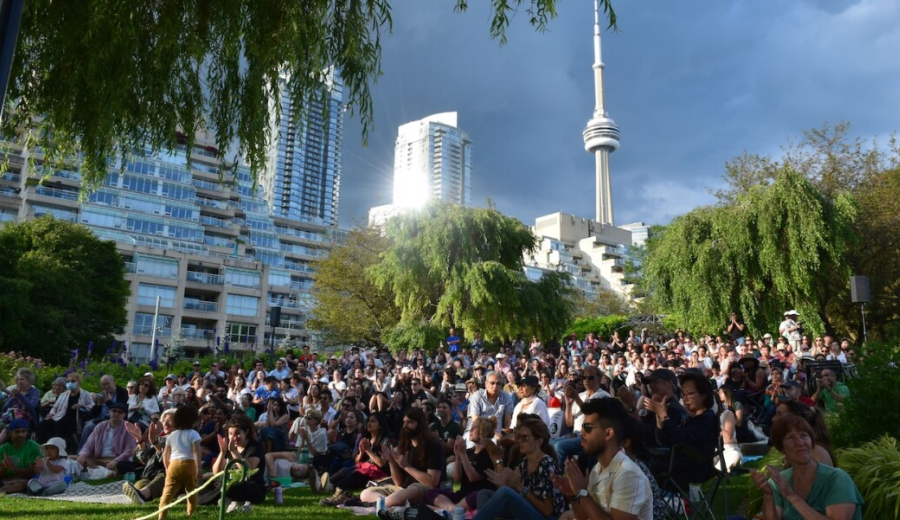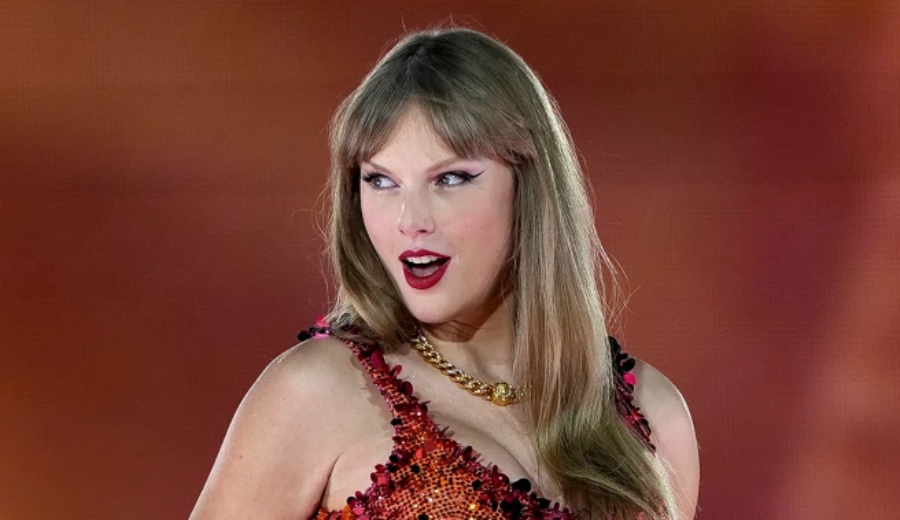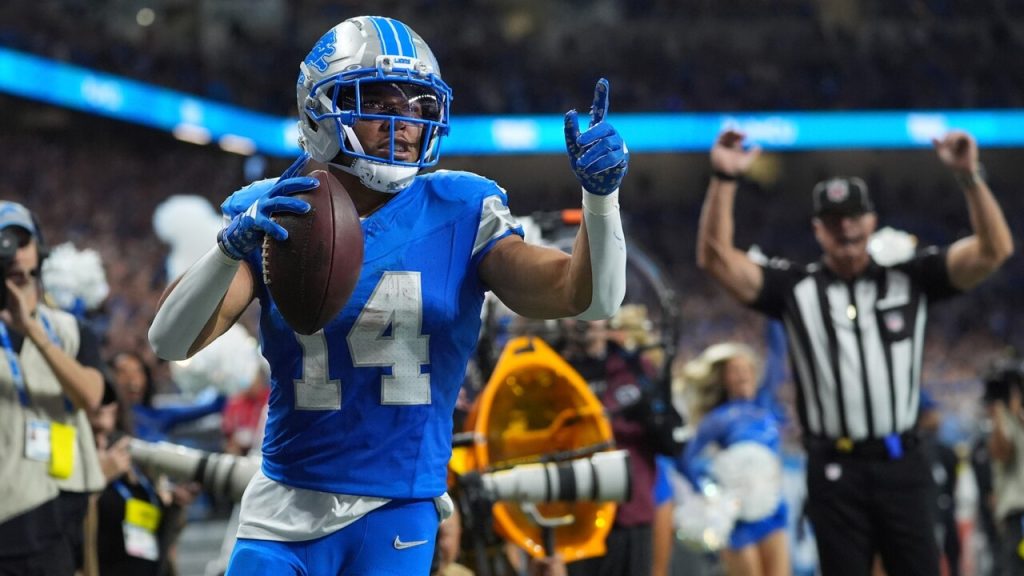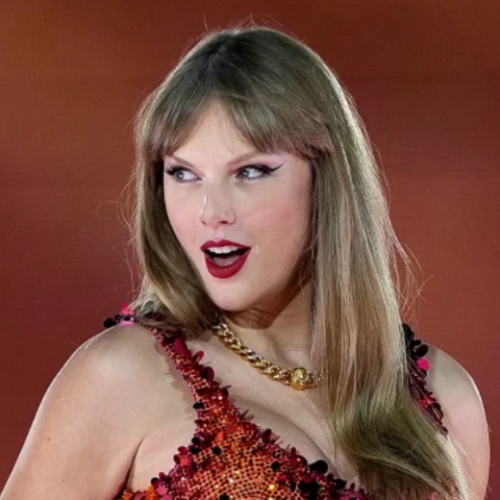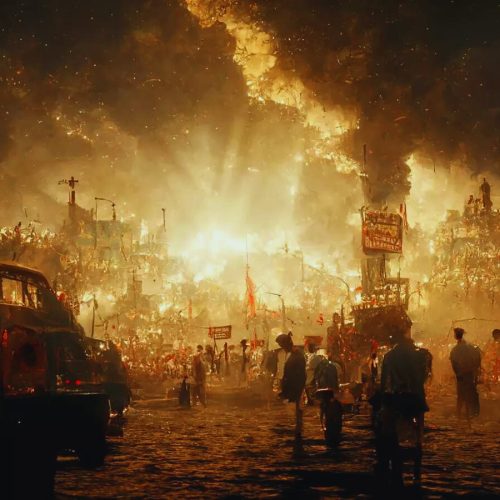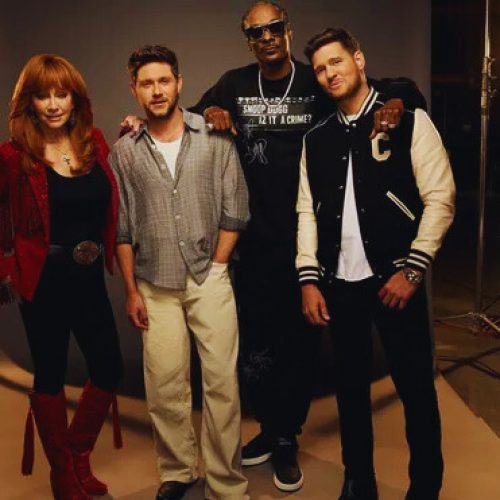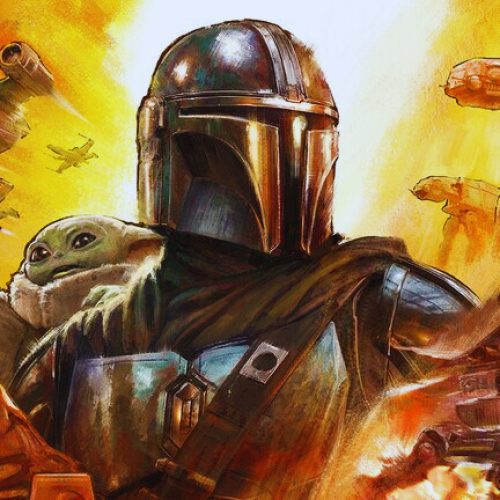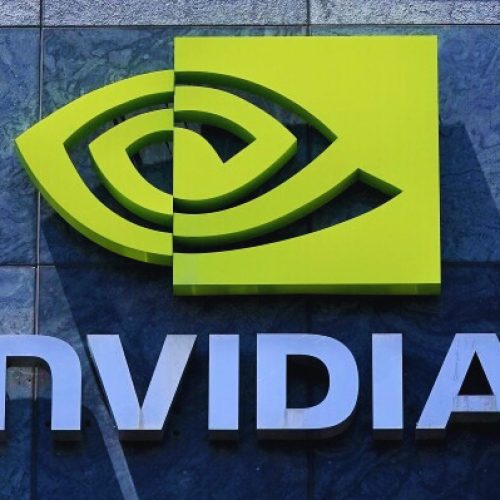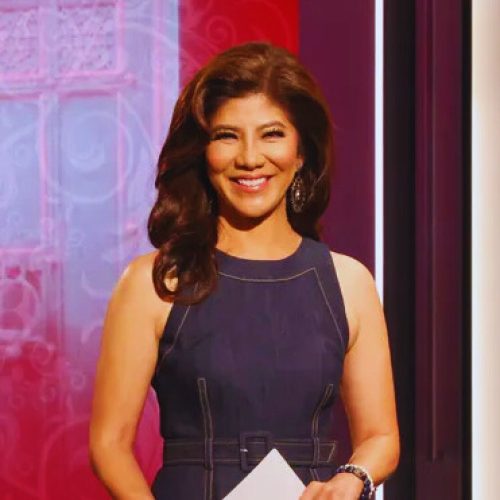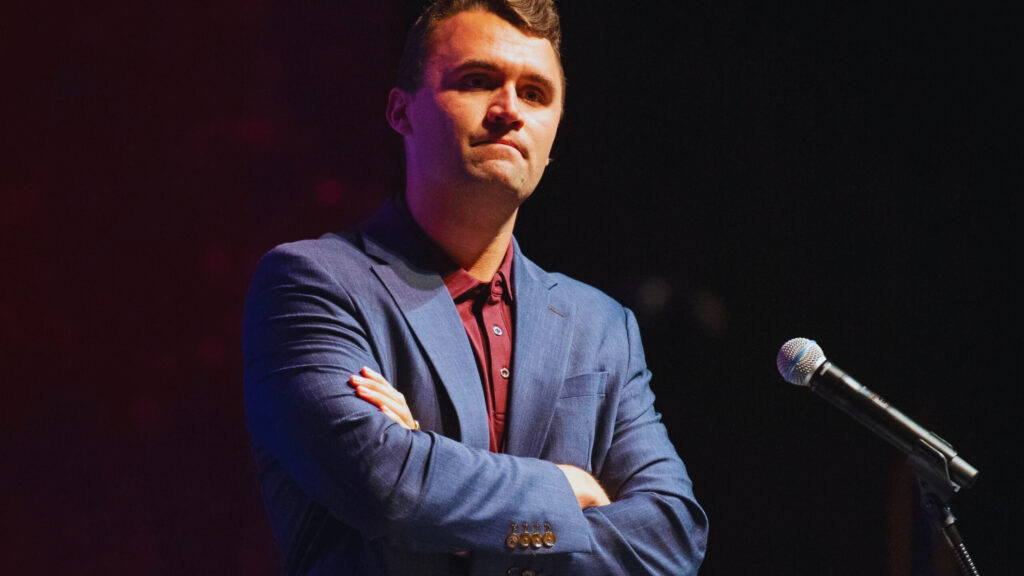
The Charlie Kirk shooting video spread across social media within minutes, raising urgent questions about modern news consumption in the digital era. While traditional outlets showed caution in their coverage, uncensored clips were already online, viewed by millions across platforms like X, TikTok, YouTube, and Instagram.
How the Video Spread Online
Kirk, founder of Turning Point USA, spoke at Utah Valley University when a gunman opened fire. Hundreds of attendees recorded the event on their phones. Within moments, the Charlie Kirk shooting video appeared across multiple social platforms.
Clips varied widely. Some slowed the footage into replays, while others blurred the scene or muted audio. Ironically, many videos included captions calling for peace yet continued spreading the violent imagery. This speed of circulation demonstrated how traditional journalism’s gatekeeping role has faded in the smartphone age.
Social Media vs. Traditional Media
Legacy outlets, including major newspapers and TV networks, avoided broadcasting the direct moment of the shooting. Instead, they showed Kirk just before the attack or focused on reactions from the audience. TMZ and the New York Post released blurred versions to soften the impact.
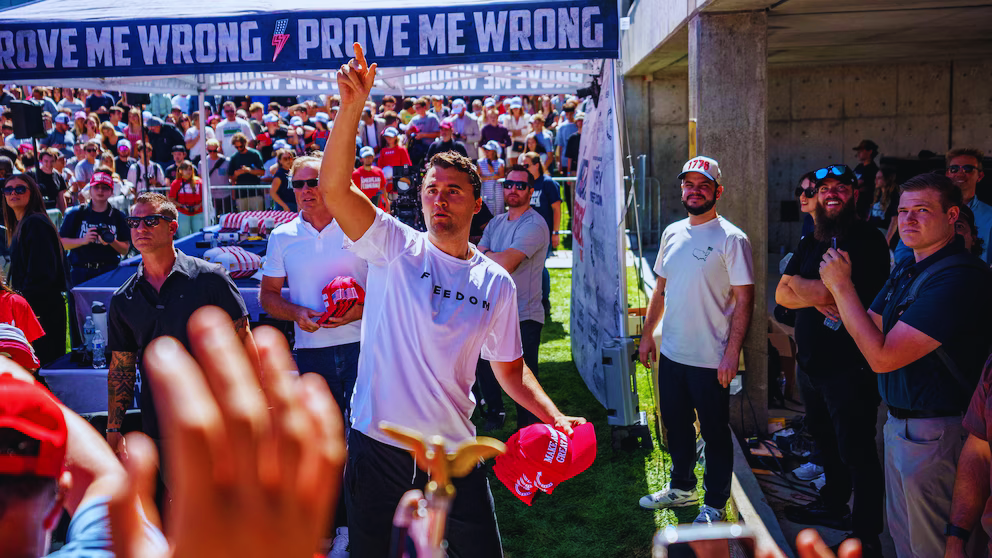
By contrast, platforms like X, TikTok, and Facebook hosted uncensored versions almost instantly. YouTube announced that it would remove or restrict some uploads, while Meta applied warning labels. Nevertheless, raw video remained easy to access. This contrast revealed how news flow now favors speed over caution.
Experts Weigh In
Cornell professor Sarah Kreps noted that platforms have faced similar challenges, pointing to the livestreamed New Zealand mass shooting in 2019. She argued that while social media thrives on speed and engagement, traditional outlets still have a role in setting standards, discouraging the normalization of violent imagery.
CNN’s David Chalian expressed concern that the viral spread of such content risks deepening social wounds in an already polarized nation. “I don’t see many signs of how we get to the other side of this,” he said.
The Bigger Picture
The Charlie Kirk shooting video illustrates a profound shift: social media users, not editors, now decide what the world sees first. As society struggles with the balance between transparency and sensitivity, the incident underscores how digital platforms have redefined the limits of journalism and reshaped how tragedy is shared.
